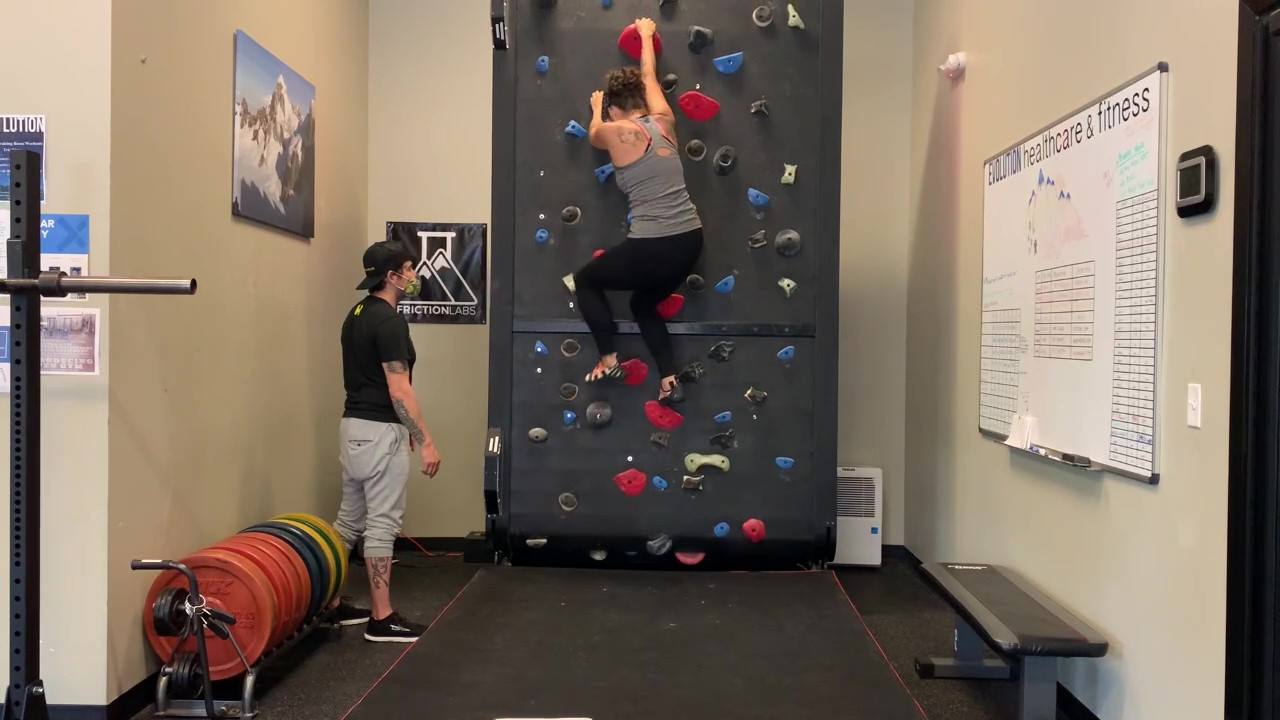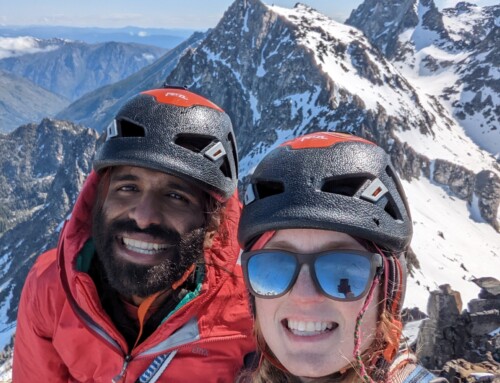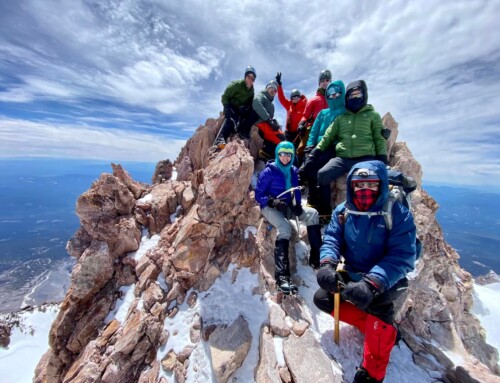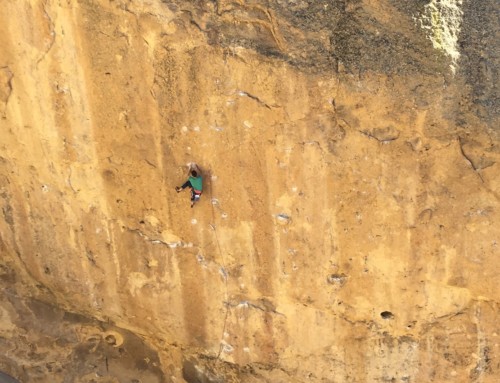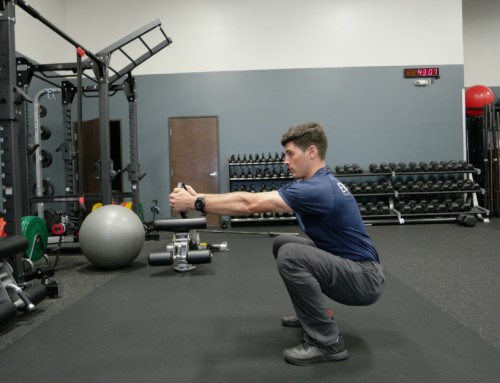If you are a person in relatively good health, climbing is something that can come somewhat naturally; you place your hands and feet on rock or plastic and start pulling. That’s part of what makes it such a fun and easy sport to get into. A lot of us get our first exposure through friends who have experience. They invite you to the gym or for a day out at the crag, you get a pair of rental shoes, maybe a harness and off you go. Because the natural instinct to climb takes over, it doesn’t often cross our minds to take a lesson right away because we’re already doing the thing- and having success at it too!
Lessons usually come into play later (sometimes months or years later). Once we’re hooked and it’s all we can think about we eventually reach our first plateau. We begin our research on what tips and tricks are out there that can help us level up our game. The internet has blessed us with an overwhelming amount of information on climbing and it won’t be long before you’re down a YouTube rabbit hole of endless workouts and strategies for how put together the perfect training regiment that will help you get that blue route at the gym that’s been side-eyeing you for weeks; taunting you and smirking every time you reach the crux only to have the route say “nope, not today”.
While there is a myriad of amazing information out there, it can be hard to put together the right plan. With so many different techniques and opinions how do you know if you’re even focusing your efforts on the right combination of options to reach your results? Most of the time, things can get over-complicated as we get seduced by flashy power training regiments, eye-catching campus moves, and the promise of steel tendons through rigorous hang board training. We forget or don’t know that the answer can be as simple as dialing in your foundation; something that never got developed as a result of just doing what came naturally until the routes and boulder problems started demanding more than the “grip it and rip it” approach.
Concentrating on things like breathing, footwork, the development of natural hand strength, and intuitive movement are among the most important in your fundamentals. In 21 years of climbing and 15 years of teaching I’ve realized that many times what separates the novice from the advanced climber has little to do with strength and power and more to do with how efficiently they execute the tried and true fundamentals- yes, it’s as simple as that. Someone proficient in route reading, with a balanced style in analytical and intuitive movement, a strong psychological game and impeccable fundamentals has the tendency to make projects look like warmups. You know the ones. They seem to float effortlessly from hold to hold and never seem to get anxious no matter the challenge.
You may find it surprising to hear that you don’t need an entire climbing gym to be able to master the fundamentals. You just need to have the right tools for your intended objective and Evolution offers just that. We can pinpoint many deficiencies in technique by combining the use of our systems board and our tread-wall. One is used to see how you approach a variety of holds at different angles. Once we target areas of growth, we can use the other to bring about changes to your current technique to give you more options. Through carefully guided sessions intended to help you develop your personal style, you can take what you’ve learned and apply it to your regular gym sessions or your outdoor objectives. Because you’ll have a targeted plan and a better understanding of the “how” and the “why”, you’ll have better results in your performance. Book a session today and let’s work together to build an impressive style.

